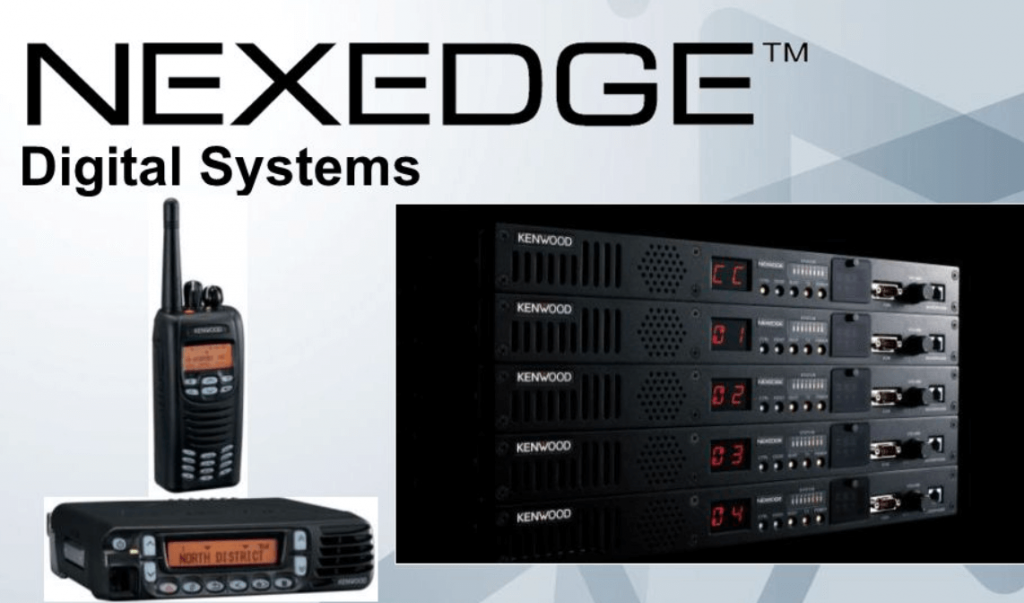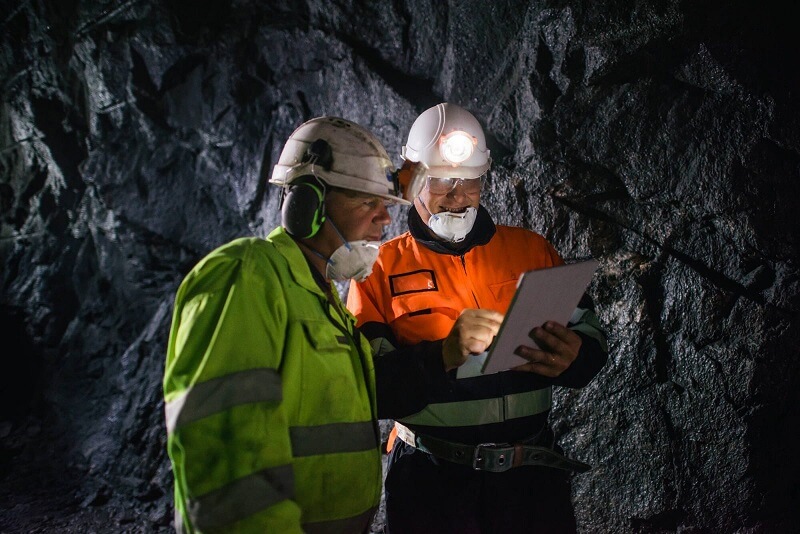Revolutionizing Mining Through Radio Communication
GET IN TOUCH
Take the first step towards powering up your operations, call us at +1-724-515-4993
Cave Radio Communication Systems are wireless communication systems designed to be used in caves or tunnels. The Cave Radio Communication System aims to decrease the possibility of explosion or fire inside cave tunnels. They do this by using wireless cave radio communications. The Cave Radio Communication System is used in caves or tunnels, and it transmits voice and data by using electromagnetic waves.
Why Are Cave Radio Communications Important?
The purpose of the Cave Radio Communication System is to transmit voice and data wirelessly inside cave tunnels. Cave Radio Communications was used in France, Japan, the United States, Italy, Canada, Mexico, and the United Kingdom. One advantage is that it works just like a wireless waypoint system.
How Does the Cave Radio Communications System Work?
The Cave Radio Communication System works just like a wireless waypoint system. It uses a transmitter to send out electromagnetic waves through radio wave channels. The receiver will receive the electromagnetic wave. Then, the wire cable transmits this information to the surface. Information that travels through a wire cable is sent to the surface, and it will be used in the computer system, or it can be analyzed on the spot.
There are some components of the Cave Radio Communication System which include caves or tunnels, a transmitter, receiver, and wire cable. And the most part is that there are some materials needed to build the system, and those materials also need to be brought from a shop or from a specific place.

The Power of TTE Signaling
Through-the-Earth (TTE) signaling has revolutionized underground communication by utilizing low-frequency radio waves that can penetrate various materials, such as dirt and rock, which conventional high-frequency radio signals cannot penetrate.
TTE signaling employs lower-frequency radio waves that have the unique ability to penetrate materials that are typically opaque to high-frequency radio signals. These signals can be transmitted underground using specialized antennas or repeater systems. However, it’s important to note that TTE communication is limited to the line of sight.
Portable Magnetic-Loop Radios
Cavers have used portable magnetic-loop radios for two-way communication and cave surveying since the 1960s. These radios consist of a transmitting loop, usually made up of multiple turns of copper wire, oriented horizontally within the cave using a spirit level. By driving the coil at a few hundred kHz, a receiving antenna located several hundred yards away can detect the radio waves. Miners can use the strength of the received signal and the orientation of receiving coils to estimate both distance and direction.
VLF Transmitters and Surface Communication
In the 1970s, British cavers began experimenting with Very Low-Frequency (VLF) transmitters to establish radio communications between the cave’s surface and the airspace above. After years of dedicated experimentation and antenna development, they achieved success. The initial cave radios were bulky and heavy, requiring significant effort to carry. However, technological advancements led to smaller, lighter models like the Ogophone and Molephone. These devices could transmit signals to depths ranging from 150 to 180 meters.
Emergency Communication Radio
In an emergency, communication is key, and long-range radio communication can provide a reliable method of communication when other forms of communication are unavailable. Long-range radio communication works by transmitting radio signals over long distances, allowing individuals in remote or inaccessible areas to communicate with emergency responders or other individuals.
However, it is important to use proper radio communication techniques to ensure that messages are accurately transmitted and received. Proper radio communication involves using clear and concise language, following established protocols, and ensuring the radio is properly tuned to the correct frequency.
A well-designed radio communications system is also essential for effective emergency communication. The system should be designed to accommodate the specific needs of the situation, including the range of communication required, the number of users, and the type of information that needs to be transmitted.
In addition to emergencies, long-range radio communication can also be used in other contexts, such as military operations or remote exploration. In these situations, proper radio communication is also essential to ensure effective and accurate communication.

CALL US TODAY
Learn more about our products with our experts
Examples of Cave Radio Communications System
There are many examples of the cave radio communication system. The first is that “In the United States, CAVERNEX has installed a cave radio system and can communicate with two-way radios”.
Another example is that “In Japan, Kitamura Cave Radio, also called CTVR, was used to support the first rescue team during the Sanriku tsunami in 2011”.
What Are the Advantages of Cave Radio Communications?
If there is a problem in receiving a signal with the Cave Radio Communication System, then it will be hard to navigate through cave tunnels.
Real-Time Data Transmission
Cave radio communication systems enable the transmission of both voice and data in real-time. This capability is particularly valuable in cave exploration, research, or mining operations where the collection and transmission of data are essential. By wirelessly transmitting data from various sensors, monitoring equipment, or survey instruments, cave radio communications facilitate the continuous flow of information for analysis, decision-making, and remote monitoring.
Increased Efficiency and Productivity
With efficient communication facilitated by cave radio systems, workers can effectively relay instructions, report incidents or issues, and receive guidance from supervisors or control centers. This streamlined communication process reduces downtime, minimizes delays, and improves overall productivity within the cave tunnels. Tasks can be completed more efficiently, leading to cost savings and optimized operational performance.
The Best Cave Radio Communications Device Out There
KENWOOD NX-203/303 Radio available in Becker Communications is a small radio, only slightly larger than a pack of playing cards. It comes with a keypad and integrated LCD display on its face. The face of the radio contains only three knobs: Volume, Fine Tune and Tone Selection.
You can use the NX-303 with either a remote microphone or an optional headset. This radio transmits and receives in the 136–174 MHz band and comes supplied with body-worn earphones and a belt clip.
You can use the optional MBH-21 telescoping antenna for better performance in some applications. The NX-203/303 is designed to utilize the BA-65 or BA-66 (90 dB) body-wearable PTT microphone, although any Kenwood compatible PTT microphone will work. If you would like to learn more contact us today at Becker Wholesale Mine Supply!

Get In Touch With Us Today
Are you tired of unreliable communication systems in your mining operation? Look no further than Becker Wholesale Mine Supply for top-of-the-line radio communication solutions. Our radio systems are specifically designed for the unique challenges of mining environments, providing reliable and effective communication between miners and supervisors.
Products That We Offer
- VHF Leaky Feeder System
- UHF Leaky Feeder System
- SMARTSENSE®FIXED MONITOR
- RNG-500VHF Leaky Feeder Cable
- UHF Low Loss Leaky Feeder Cable
- Kenwood NX-203/303 Radios
Contact us today to learn more about our products. With Becker Wholesale Mine Supply, you can trust that you are getting the best quality products and customer service in the industry.